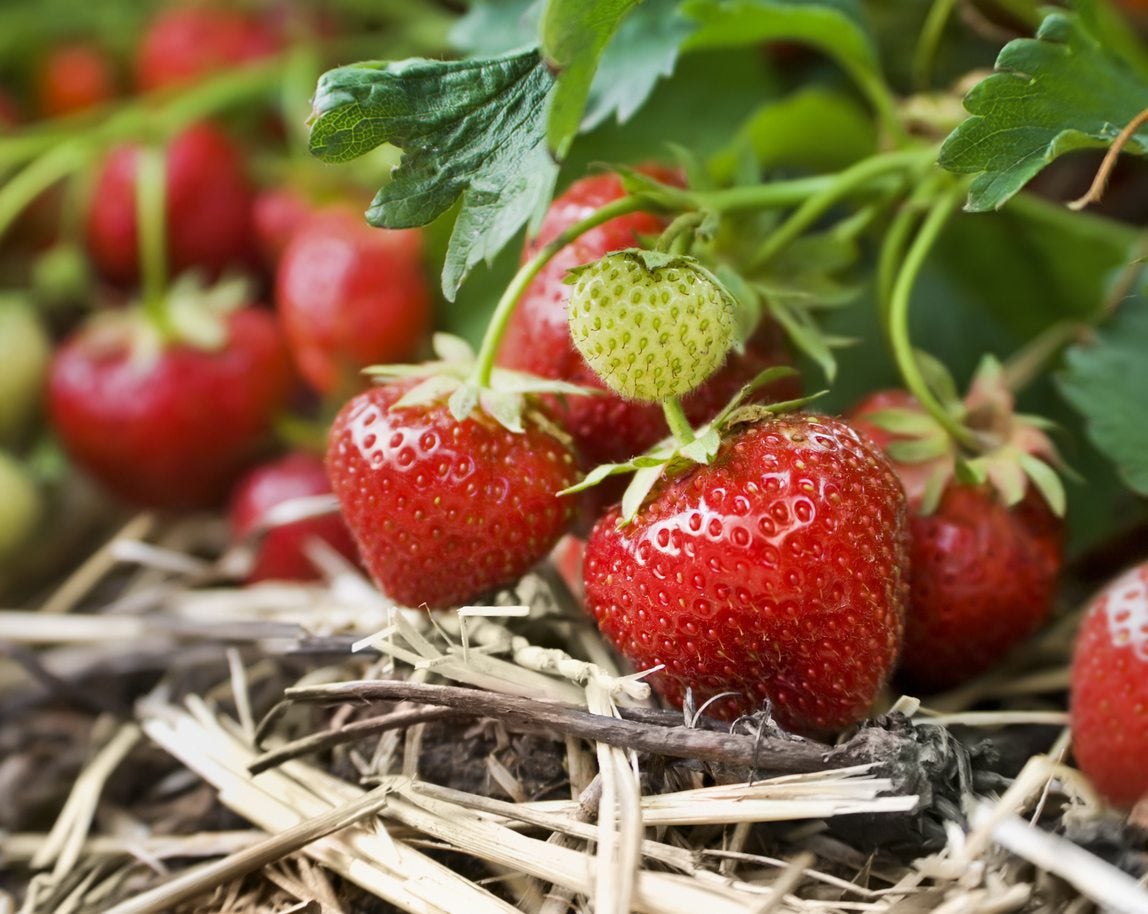Zone 8 Strawberries: Tips On Growing Strawberries In Zone 8

Strawberries are one of the most popular berries grown in the home garden, possibly because they can be grown in a wide range of USDA zones. This means that there is a wide array of strawberries suited for zone 8 growers. The following article discusses tips for growing strawberries in zone 8 and suitable zone 8 strawberry plants.
About Zone 8 Strawberries
Strawberries can be grown as perennials in USDA zones 5 through 8 or as cool-season annuals in zones 9 through 10. Zone 8 stretches from parts of Florida and Georgia to areas of Texas and California and into the Pacific Northwest where annual temperatures rarely dip below 10 degrees F. (-12 C.).
This means that growing strawberries in zone 8 allows for a longer growing season than in other regions. To the zone 8 gardener, this means larger crops with bigger, juicy berries.
Zone 8 Strawberry Plants
Since this zone is fairly temperate, any number of strawberries for zone 8 are suitable.
Delmarvel is an example of a zone 8 strawberry, actually suited to USDA zones 4 through 9. It is a prolific producer with berries that can be eaten fresh or used for canning or freezing. Delmarvel strawberries do best in the mid-Atlantic and southern U.S. regions. It flowers and fruits in late spring and is resistant to many diseases.
Earliglow is one of the earliest of the June-bearing strawberries with firm, sweet, medium sized fruit. Cold hardy, Earliglow is resistant to leaf scorch, verticillium wilt, and red stele. It can be grown in USDA zones 5 to 9.
Allstar has the quintessential strawberry shape and is a popular variety for midseason berries. It is also resistant to a number of diseases, with a moderate resistance to powdery mildew and leaf scorch. It is tolerant of almost any growing region or soil.
Gardening tips, videos, info and more delivered right to your inbox!
Sign up for the Gardening Know How newsletter today and receive a free copy of our e-book "How to Grow Delicious Tomatoes".
Ozark Beauty is suited to USDA zones 4 to 8. This day-neutral cultivar blooms heavily in the spring and fall, especially in cooler climes. This variety of strawberry is very adaptable and does well in containers, baskets, as well as the garden. All of the day-neutral cultivars do best in the northern United States and higher elevations of the south.
Seascape is suited to zones 4 through 8 and does best in the northeastern U.S. Another day-neutral berry, Seascape has the potential to be the most productive of the day-neutrals. It has few, if any, runners and must be allowed to ripen on the vine for utmost flavor.
Growing Strawberries in Zone 8
Strawberries should be planted after the last threat of frost has passed for your region. In zone 8, this may be as late as February or as early as March – late spring.
Till the soil in a full sun area of the garden that has not been planted with either strawberries or potatoes for the last three years. Soil should have a pH level of between 5.5 and 6.5. Amend the soil with compost or well-aged manure if the soil seems lacking in nutrients.
If the soil is heavy or clay, mix in some shredded bark and compost to lighten it up and improve drainage. Soak the crowns in tepid water for an hour prior to planting. If you are planting nursery plants, there is no need to soak them.
Space the plants 12 to 24 inches apart (31-61 cm.) in rows that are 1 to 3 feet apart (31-91 cm.). Keep in mind that everbearing strawberries need more room than June-bearing cultivars.
Water the plants in well and fertilize them with a weak solution of a complete fertilizer.

Amy Grant has been gardening for 30 years and writing for 15. A professional chef and caterer, Amy's area of expertise is culinary gardening.